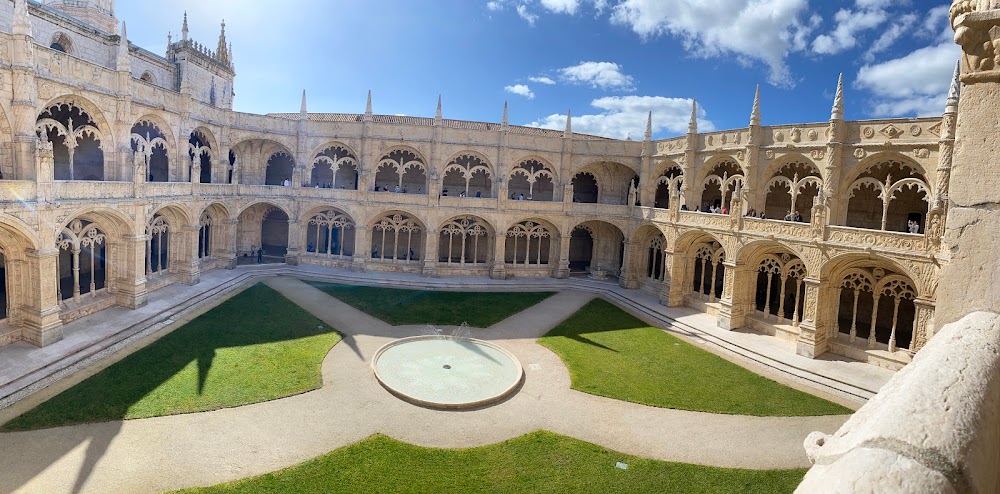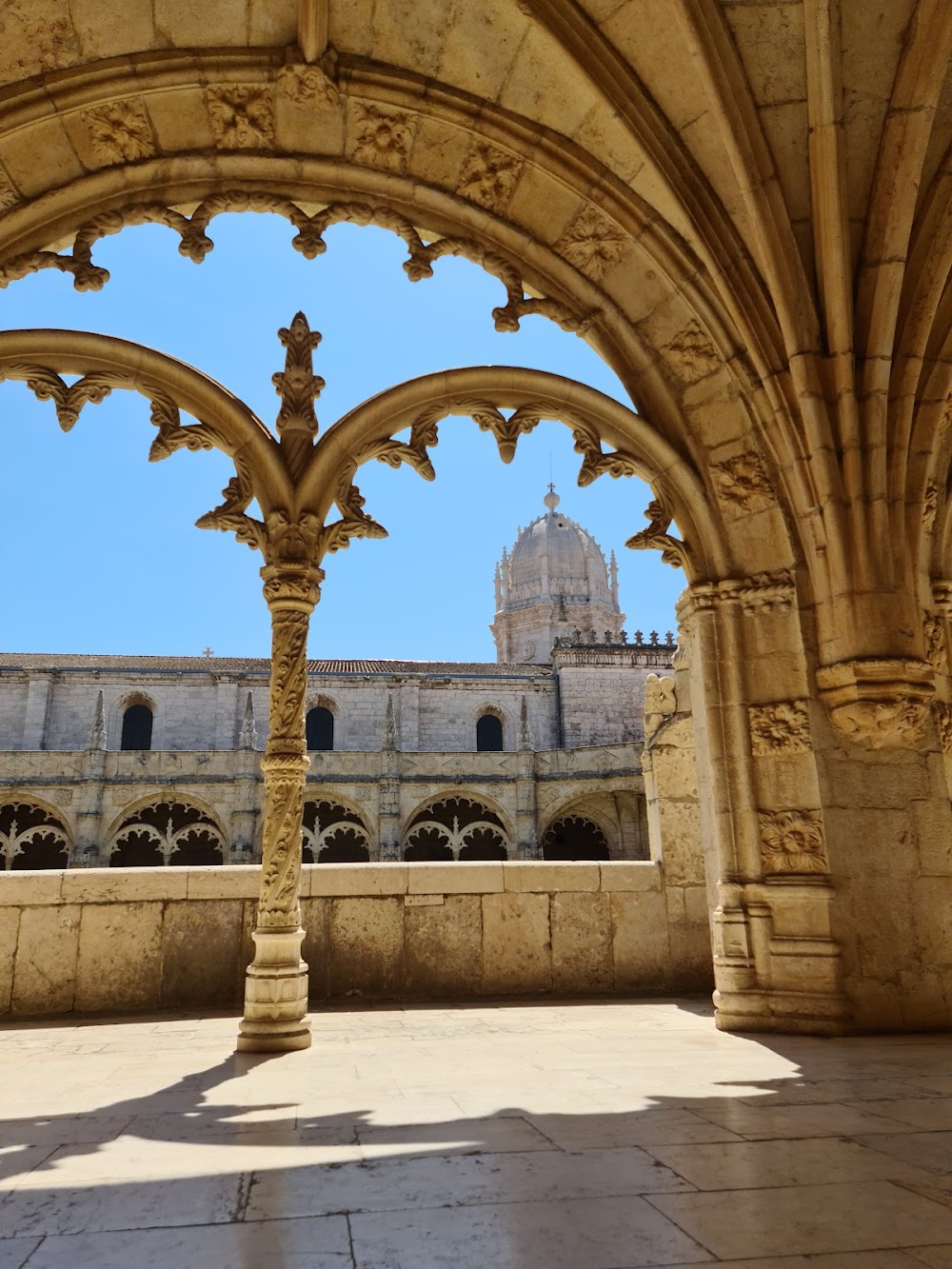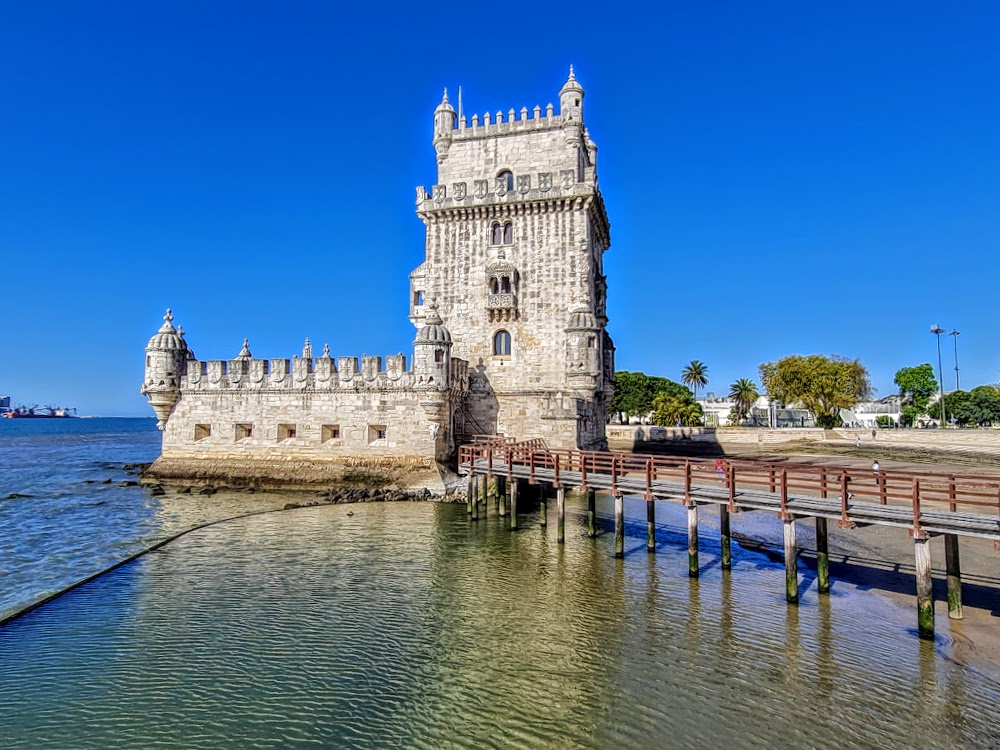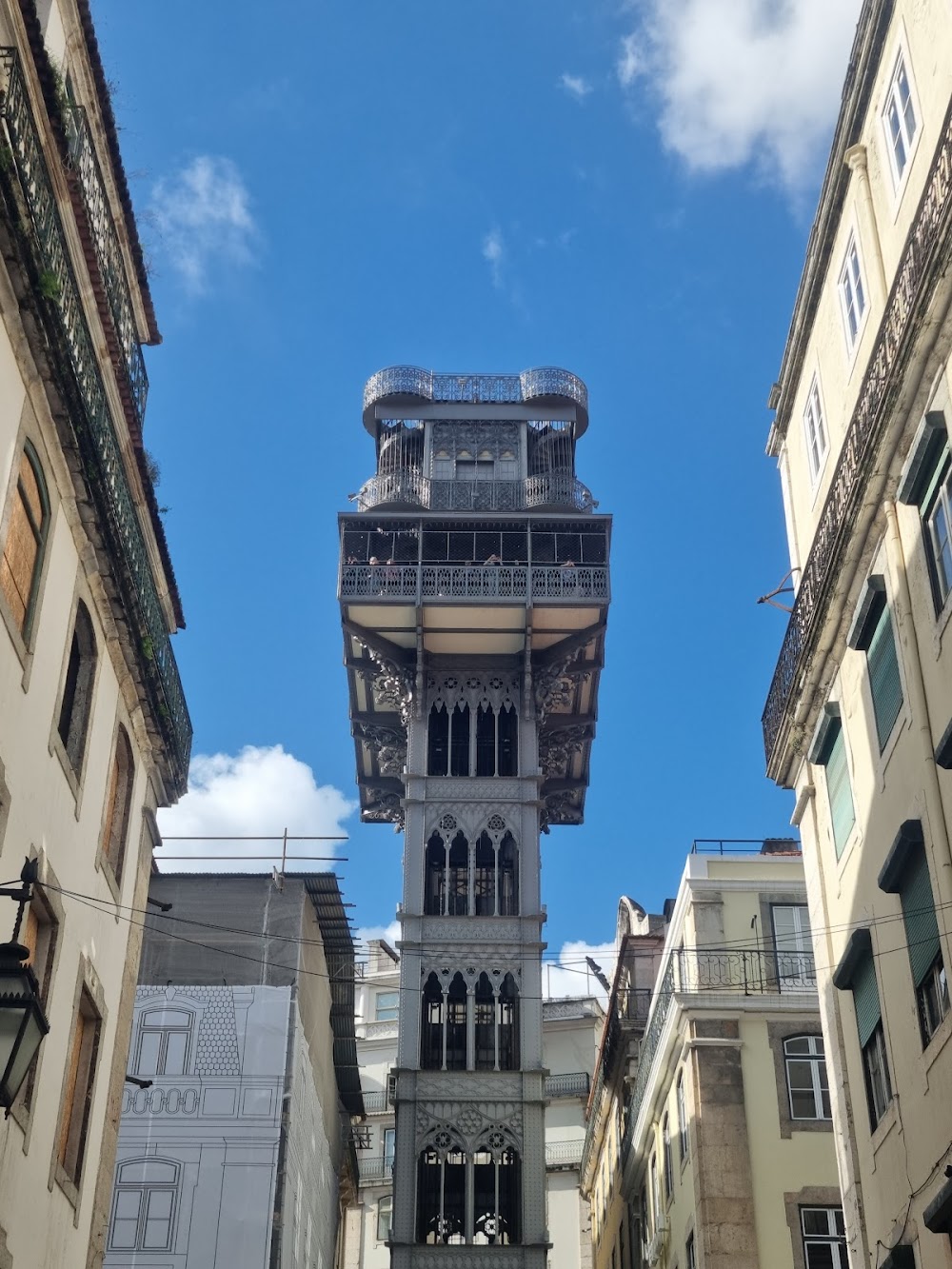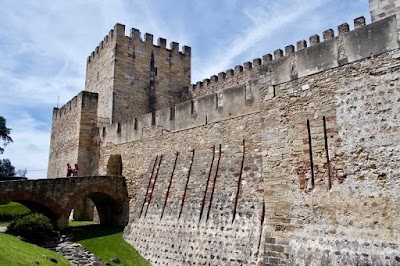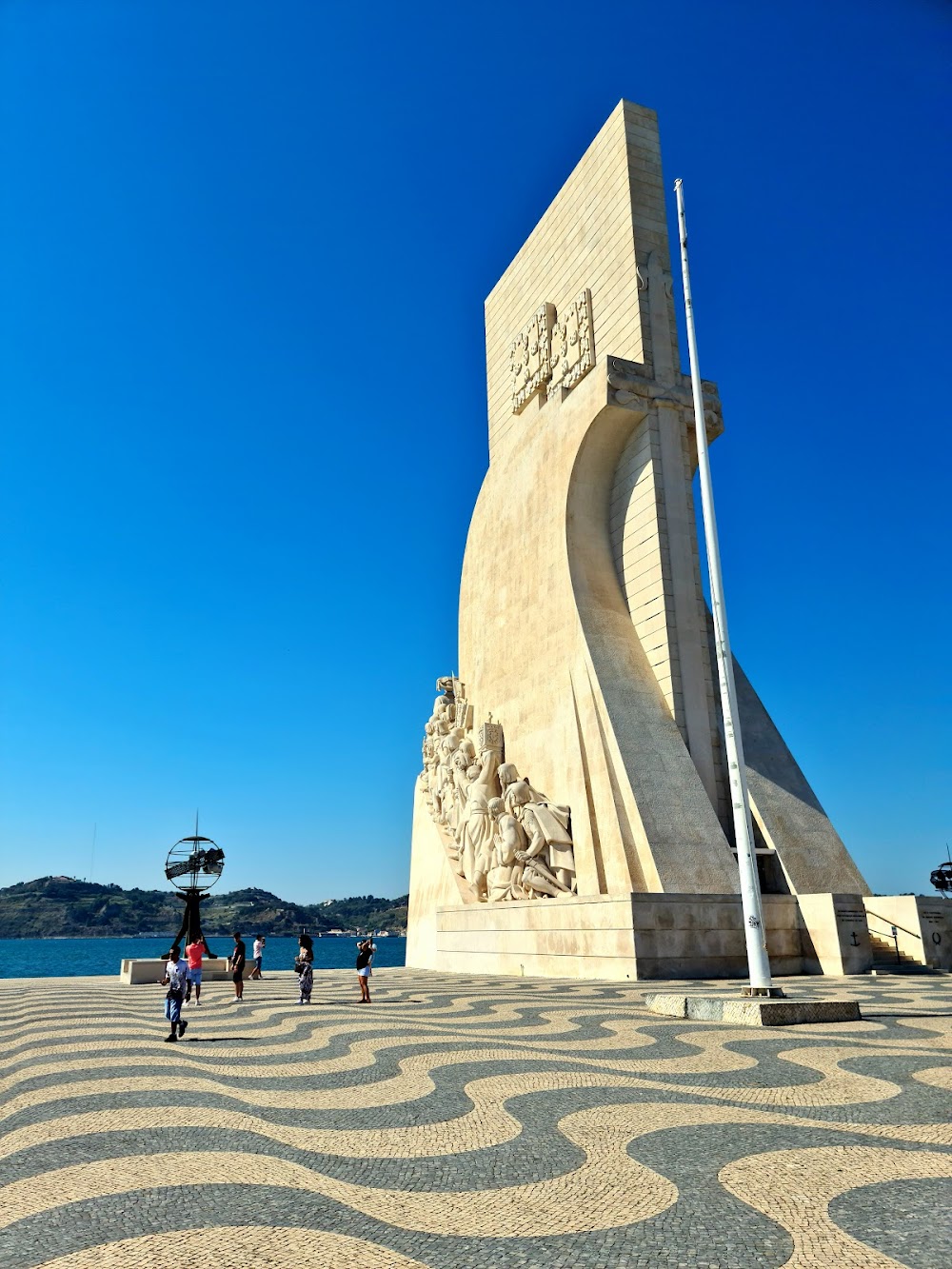Jerónimos Monastery (Mosteiro dos Jerónimos)
Overview
The Jerónimos Monastery in Lisbon, Portugal, stands as a breathtaking architectural marvel steeped in rich history. Commissioned by King Manuel I in 1501, this magnificent structure was built to celebrate Vasco da Gama's triumphant voyage to India and to express gratitude to the Virgin Mary for his safe return.
Construction of the monastery spanned nearly a century, beginning in the early 16th century and concluding in the early 17th century. Its funding primarily stemmed from the lucrative spice trade, which flourished as a result of Portugal’s extensive exploration and trade routes, marking a significant era in the nation’s history.
Designed by the talented architect Diogo de Boitaca, the monastery is a quintessential example of the Manueline style, also known as Portuguese Late Gothic. This unique architectural style intricately blends elements of Gothic design with detailed decorations that reflect Portugal's maritime legacy. The building is predominantly constructed from local limestone, giving it a warm, golden hue that enhances its beauty.
Following Boitaca's initial work, several architects, including Nicolas de Chantereine, continued the project. Renowned artists like João de Castilho and Diogo de Torralva later infused Renaissance and Mannerist influences, adding layers of artistic depth to the structure.
The monastery's exterior is a visual feast, adorned with maritime motifs—including ropes, coral, and sea monsters—that celebrate Portugal's seafaring past. The south portal, designed by João de Castilho, is especially noteworthy for its intricate carvings, featuring various religious figures, including the Holy Family, along with beautifully detailed arches and niches.
Upon entering the monastery, visitors are enveloped by the grandeur of the Church of Santa Maria. The interior showcases slender, intricately carved pillars that draw the eye upward to a breathtaking vaulted ceiling. This vast and serene space embodies the monastery's role as a sanctuary for worship and reflection.
Another exquisite feature of the Jerónimos Monastery is the cloisters. Rising two stories high, these peaceful arches and stone embellishments were once the tranquil spaces where monks meditated and studied. The quiet atmosphere here contrasts beautifully with the bustling city outside, offering a true haven for contemplation.
Among the notable areas are the Chapterhouse and the Refectory. The Chapterhouse, used for religious meetings, boasts impressive painted ceilings, while the Refectory, where monks shared meals, is adorned with traditional azulejos (decorative tiles) that depict various religious scenes, adding to the area's historical charm.
One of the crowning glories of the Jerónimos Monastery is the tomb of Vasco da Gama, located within the church. This tomb serves as a tribute to his monumental contributions to maritime exploration. Additionally, the monastery is the final resting place of the esteemed poet Luís de Camões, renowned for his epic work "Os Lusíadas," which chronicles the voyages of Portuguese explorers.
Throughout the centuries, the Jerónimos Monastery has been remarkably preserved, thanks in part to restoration efforts and its designation as a UNESCO World Heritage Site in 1983. Today, it stands as a symbol of Portugal's Age of Discovery and remains a major tourist attraction, drawing visitors from around the globe who admire its architectural splendor and historical significance.
The monastery's enduring beauty and sophistication serve as a remarkable testament to Portugal's rich cultural and historical tapestry. From the intricate carvings and maritime motifs to the tranquil cloisters and grand tombs, the Jerónimos Monastery continues to inspire awe and reverence, offering an unforgettable glimpse into Portugal's illustrious past.


